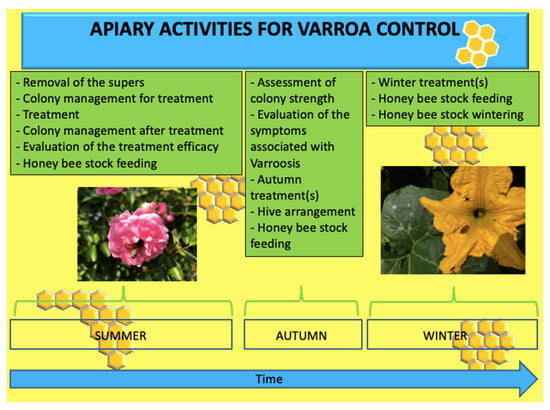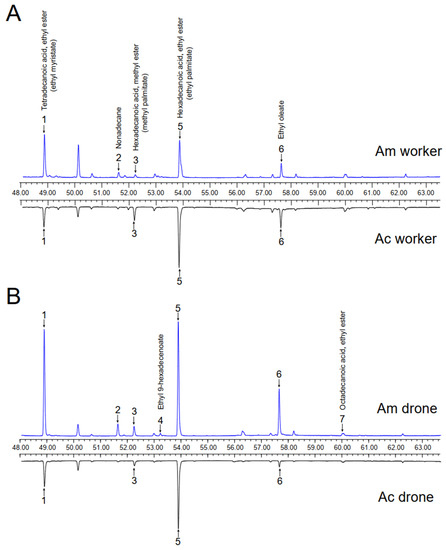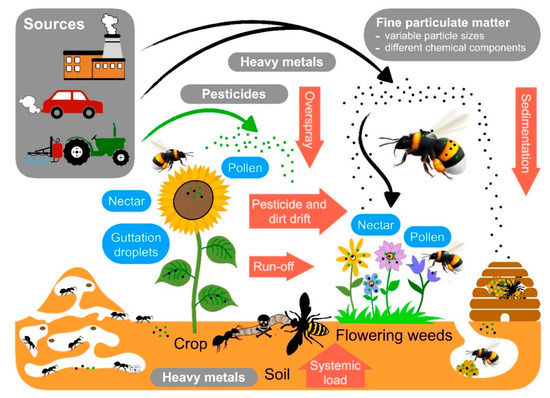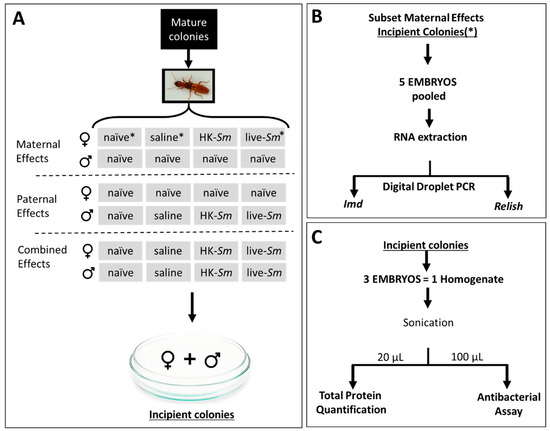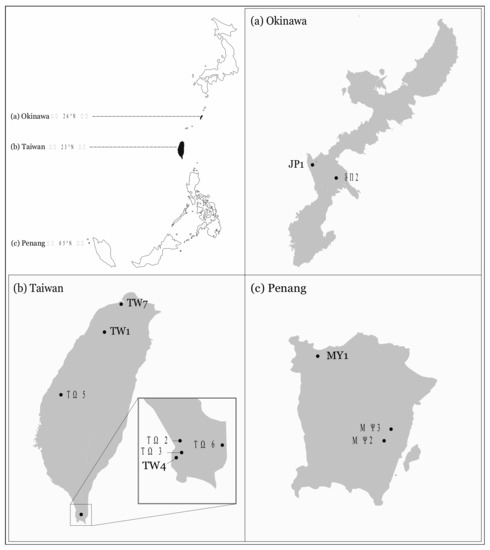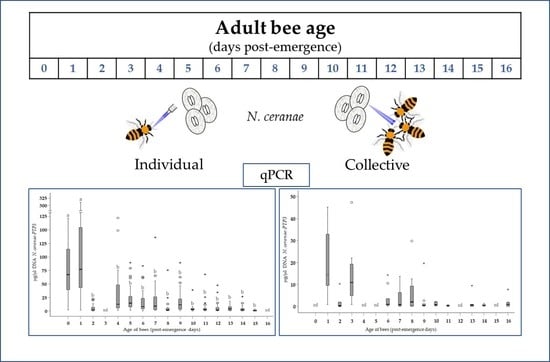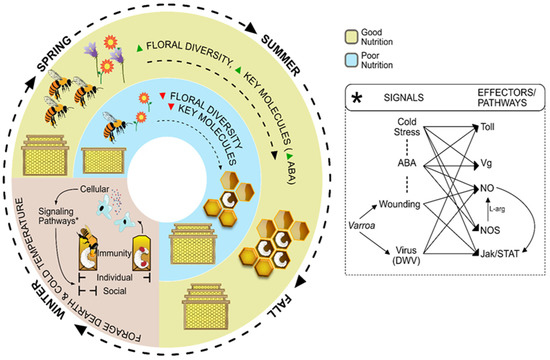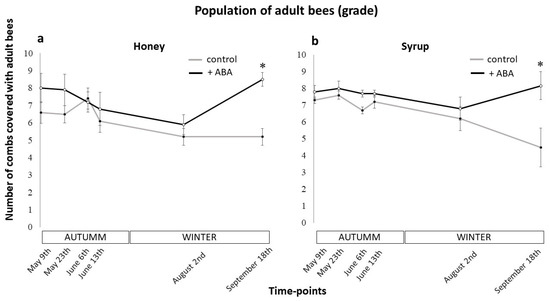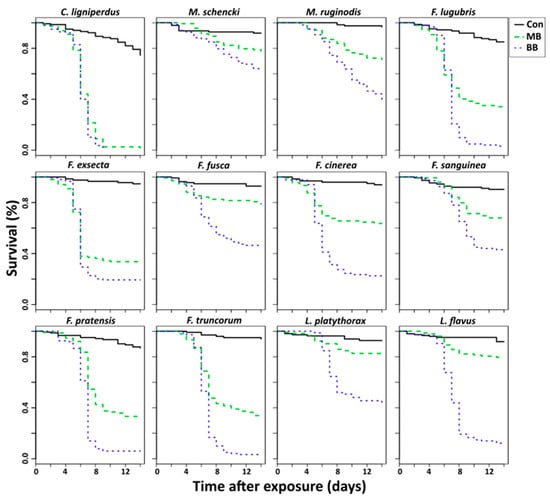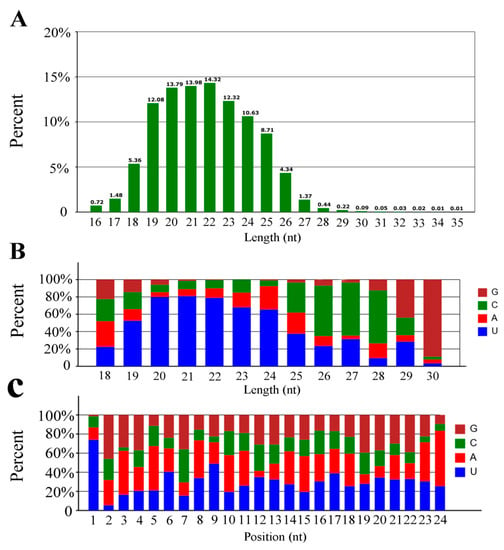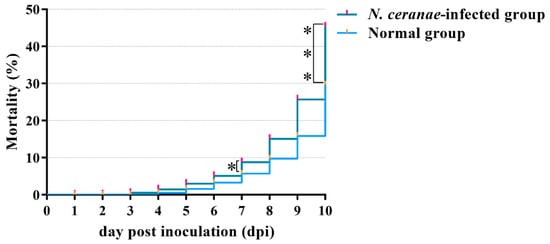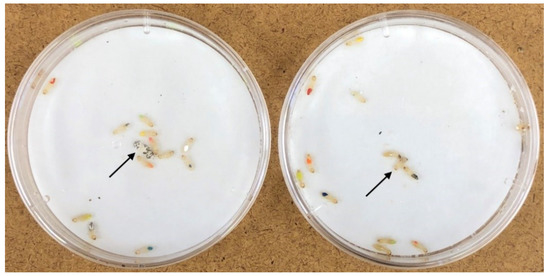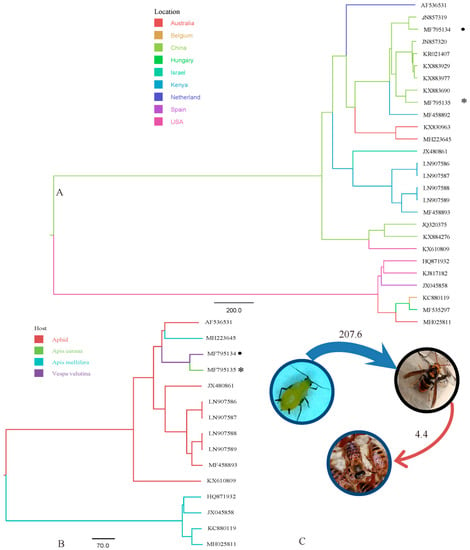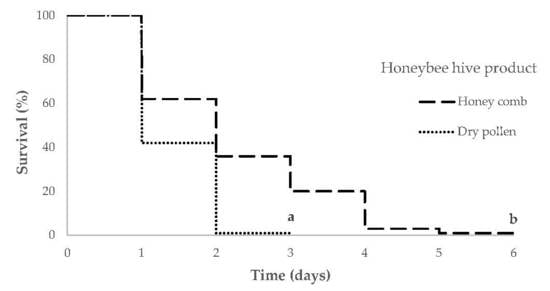Biology of Social Insect Diseases
A topical collection in Insects (ISSN 2075-4450). This collection belongs to the section "Insect Behavior and Pathology".
Viewed by 102787Editor
Interests: host-parasite interaction; social insects; honey bees; bumble bees; innate immunity; social immunity; self-medication; ecology; physiology; nutritional immunology; pathogens; microbiome; plant protection products; ecotoxicology
Topical Collection Information
Dear Colleagues,
Social insects are a highly diverse group of animals exhibiting different lifestyles and kinds of social organization. Their ecological success, however, means that they are also a highly attractive target for an equally diverse set of parasites and pathogens. In this Topical Collection (former Special Issue), we will focus on the prevention, infection, transmission, and dynamics of social insect diseases caused by microorganisms. We welcome recent discoveries and reviews that aim at understanding potential mechanisms driving the spread or course of disease and preventing or suppressing disease outbreaks in social insect hosts at the individual, group, or colony level. Molecular, chemical, physiological, and ecological mechanisms explaining mechanisms of social insect disease biology are clearly within the focus of this thematic issue. Please contact me (Silvio Erler), prior to submission, if you are unsure whether your manuscript falls within the aims and scope of this Topical Collection.
Dr. Silvio Erler
Collection Editor
Manuscript Submission Information
Manuscripts should be submitted online at www.mdpi.com by registering and logging in to this website. Once you are registered, click here to go to the submission form. Manuscripts can be submitted until the deadline. All submissions that pass pre-check are peer-reviewed. Accepted papers will be published continuously in the journal (as soon as accepted) and will be listed together on the collection website. Research articles, review articles as well as short communications are invited. For planned papers, a title and short abstract (about 100 words) can be sent to the Editorial Office for announcement on this website.
Submitted manuscripts should not have been published previously, nor be under consideration for publication elsewhere (except conference proceedings papers). All manuscripts are thoroughly refereed through a single-blind peer-review process. A guide for authors and other relevant information for submission of manuscripts is available on the Instructions for Authors page. Insects is an international peer-reviewed open access monthly journal published by MDPI.
Please visit the Instructions for Authors page before submitting a manuscript. The Article Processing Charge (APC) for publication in this open access journal is 2600 CHF (Swiss Francs). Submitted papers should be well formatted and use good English. Authors may use MDPI's English editing service prior to publication or during author revisions.
Keywords
- social insects
- host-parasite interactions
- ecology
- evolution
- physiology
- innate immunity
- nutritional immunology
- behavioral defence
- pathogens
- microorganisms






